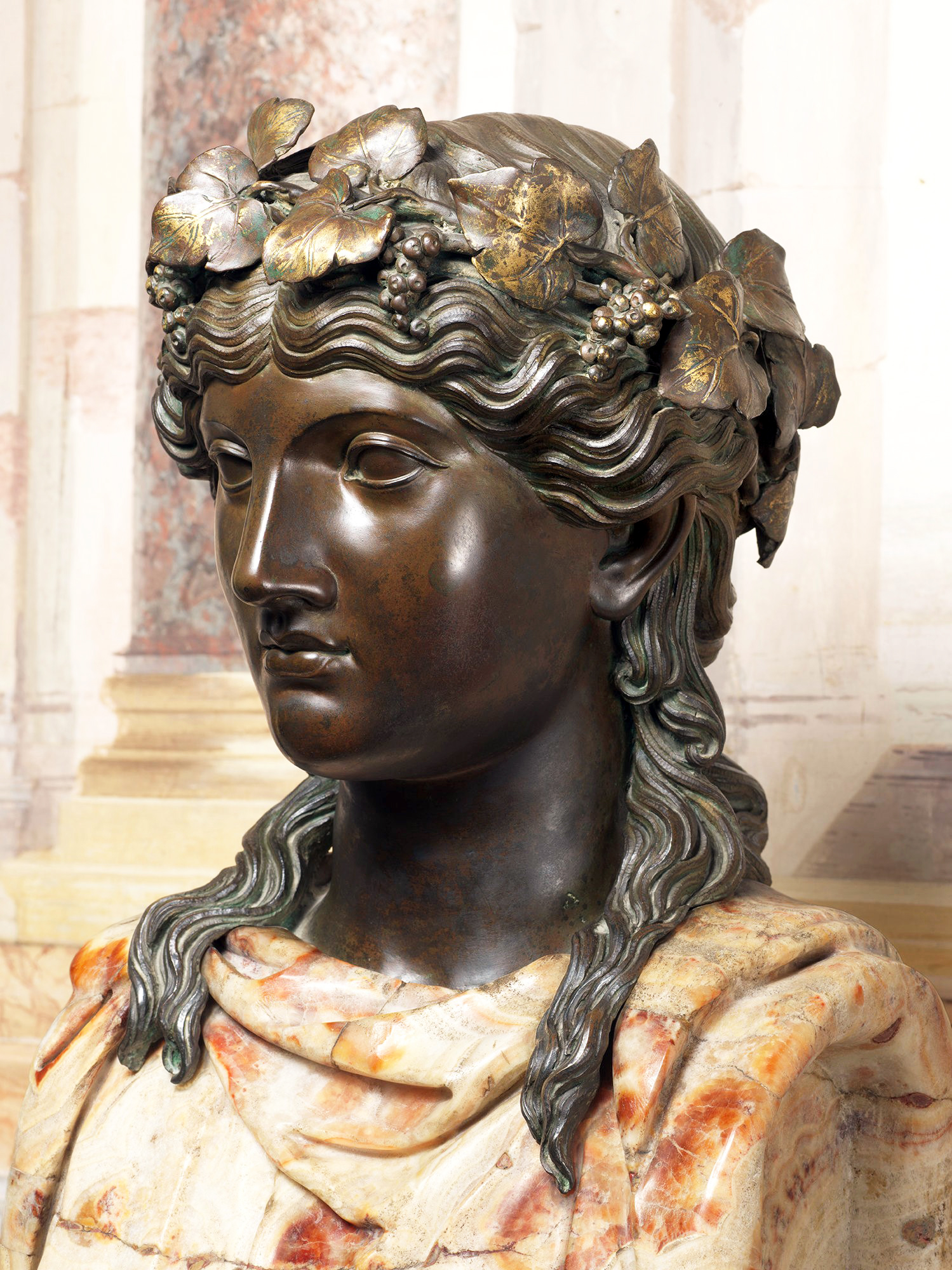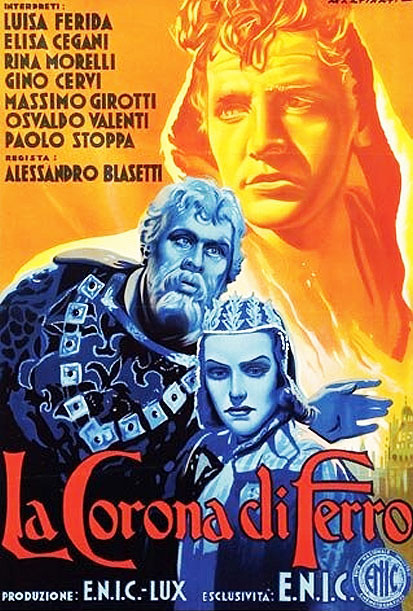The Frick Collection has organized a new exhibit titled Luigi Valadier: Splendor in Eighteenth Century Rome. This ground-breaking project on the Roman artist will open on October 31, 2018 and run through January 20, 2019.
Of the many artists who flourished in Rome during the 18th century, the silversmith Luigi Valadier (1726 -1785) was among those particularly admired by Popes, royalty and aristocrats. Luigi was born in Rome in 1726, about six years after his parents emigrated from France. His father, Andrea, established a silversmith workshop that quickly captured the attention of the wealthiest Roman aristocrats. Heir to his father’s business, Luigi had an unsurpassed technical expertise, which, combined with his avant-garde aesthetic, resulted in extraordinary works in silver and bronze. Well aware of the evolution of artistic taste throughout Europe, he had an impressive ability to reframe examples of ancient Roman art and architecture within the context of contemporary Rome. Sculptures in private collections, cameos, architectural details and ruins of ancient monuments served as his inspiration for candelabra, tableware, altars and centerpieces in both silver and bronze. Luigi’s fame and influence spread beyond the borders of Italy and he received commissions from patrons in France, England and Spain. He was, however, burdened by debts for commissions undertaken but never paid for and in 1785, he committed suicide, drowning himself in the Tiber. Following this tragic event, his workshop passed to his son, Giuseppe.
Illustrating the uncommon versatility of Luigi Valadier, who produced everything from large altar pieces to intricate works of jewelry, the Frick’s exhibition will include more than sixty works carefully selected from the vast production of the Valadier workshop. One of the highlights of the exhibition will be a full centerpiece, known as a deser, created around 1778 for the Bali de Breteuil, Ambassador of the Order of Malta to Rome. Atop a gilt-bronze base inlaid with precious stones, Valadier has re-created temples, triumphal arches, columns and other miniature representations of ancient Roman monuments. The multiple elements of the Breteuil deser are today separated between two museums, but will be reunited for this special exhibition at the Frick. It will therefore be possible to admire this masterwork in its entirety, as nobles and cardinals did in 1778, when it was displayed for a few days in Valadier’s workshop in a candle-lit room specially decorated for the occasion.
The exhibition will also feature finely worked silver plates, tureens, salt cellars and other pieces of tableware. The juxtaposition of these individual works with the complete centerpiece will illustrate the evolution of the Valadier workshop. While the earliest pieces presented are distinctly in the Baroque style, Valadier’s work becomes more refined in the Rococo style, before becoming neoclassical by the late-eighteenth century. The monochrome silver objects will be contrasted with polychrome works in gilt-bronze, marble and precious stones, such as the Egyptian clock, a table from Villa Borghese and extraordinary mounts for two antique cameos, once in the Vatican collections and now at the Musée du Louvre. One section of the exhibition will be devoted to reproductions in bronze of famous antique sculptures in Roman collections, such as the Apollo Belvedere and the Ares Ludovisi. The Frick Collection is located at 1 East 70th Street in New York City.





